Artemisia Argyi Egg
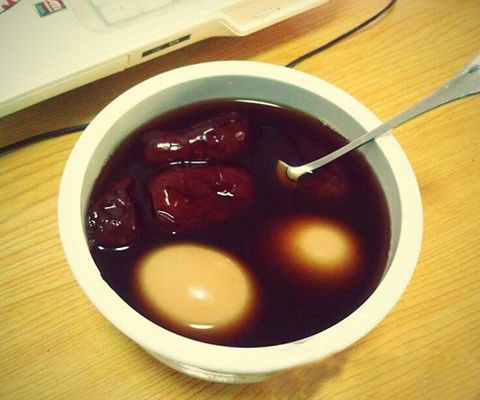
Also Anyuan eggs cooked with Artemisia argyi. The trio, Dragon Boat Festival, Mid Autumn Festival and Spring Festival are regarded as three traditional festivals of the year in Anyuan, Jiangxi, with main activities like making Zongzi, namely rice dumpling, hanging Artemisia argyi on the door, and taking Chinese medicine herb bath. At this time, huge crowds of natives flock to the street, some buy bamboo leaves for Zongzi, locally called zongruo, others sell Artemisia argyi for hanging on the door, or making Artemisia argyi fruit, locally called aiban, which can be used for soup, Artemisia argyi soup, or for boiling eggs, very fragrant. Eggs cooked with Artemisia argyi, is appraised as local special snack exclusive to Anyuan, especially functioning as a remedy for women to dispel cold, and nourish qi and blood.
Hammered Fish Slices
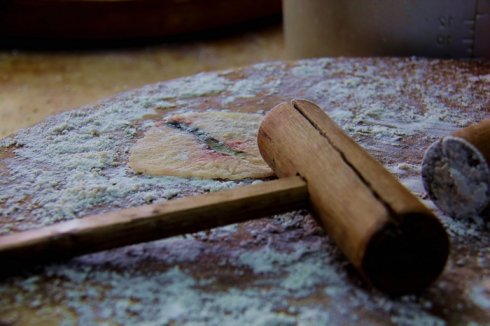
Also known as butterfly fish. Cut the fillet of grass carp into thin slices, sprinkle some fine potato flour, and hammer repeatedly both sides of the fish slices stained with potato flour, to make it evenly covered with flour. Boil the slices in boiling water, which will spread like a butterfly opening its wings, flying up and down in the clear soup. Then add ginger, garlic and other seasonings. Serve it with some pepper. Hammered Fish Slices is a traditional Hakka dish, perfectly delicious and palatable.
Dried Cowpea Leaves
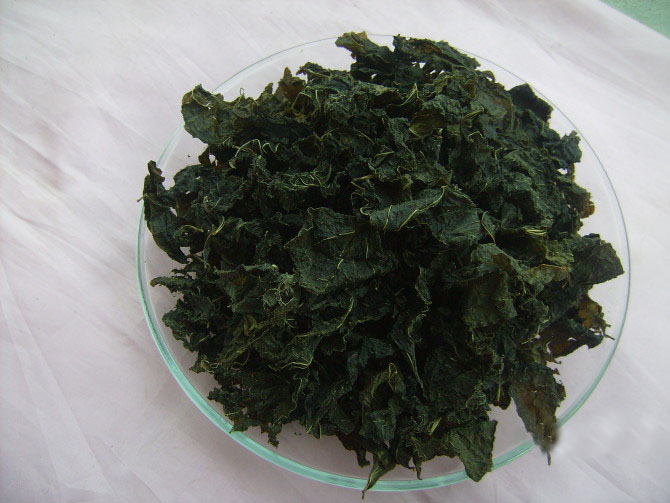
Legumes have offered a lot to common vegetables, among which the annual herb, cowpea, called doujiao in Anyuan, contributes its fruits. Cowpea is said to be native to India and the Middle East, however, cultivated for a long time in China. Cowpea as a dish has a large variety, ranging from white, green, coloured, red and more according to different skin color of pods. Its seeds can be used as medicine to invigorate the stomach, nourish qi, nourish the body and help digestion. As a child, I used to play riddle-guessing games, with one saying like "red suspender, white suspender, let dry on the tree branches". You GET it right, COWPEA.
Never have I seen cowpea leaves leaping onto the dining table, yet an exception in Anyuan. Dried cowpea leaves, as we called, are rich in fiber, with rough surface and fine fluff, not as tender as vegetables, unsuitable to be fried. Fresh cowpea leaves are hard boiled in boiling water until turning from blue to black, to be called dried cowpea leaves this moment. Farmers usually don't sell fresh leaves, while black leaves like this are popular. It can be added with ingredients to make dishes, mainly fried. The dried cowpea leaves have no special taste, but reportedly the effect of clearing away heat and detoxifying. In addition, it is rich in fiber, helpful for guts wiggling, which caters to modern dietary concept, widely popular.
False Edible Bird`s Nest
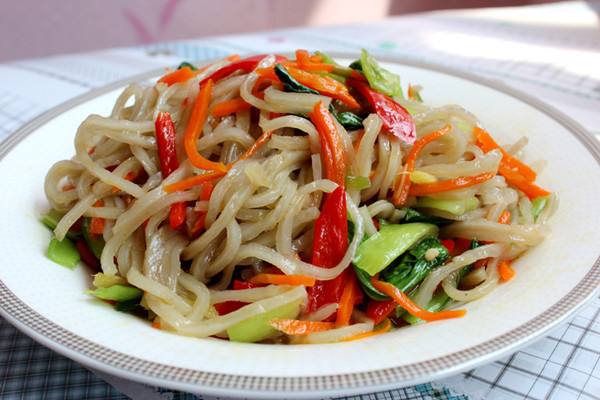
The Jiayan, "fake edible bird's nest" in Anyuan, Jiangxi Province is a famous Hakka dish. Speaking of this delicacy, there is a literary quotation. It is said that during the period of Empress Wu’s reign of the Tang Dynasty, a farmer plants a very large radish, regarded as sacred. Not daring to eat without permission, he offers it as a tribute to the imperial palace. Cooked as a dish by royal chefs, elaborately mixed with some delicacies, the radish is presented to Empress Wu Zetian. The dish seems gorgeous in color, with delicious taste, just like an edible bird's nest. After taking, Empress grants tons of praise for it, and bestows a name "fake edible bird's nest" by an imperial order. Later, the practice of "Jiayan" spreads among the wider community. Wise Hakka people constantly improve their cooking methods, making this dish the most refined and delicious. On the basis of radish, shredded meat, egg, coriander and more, they add 18 kinds of cooking materials and some ingredients, such as pork shred, meatball, kelp, mushroom, ginger shred and others, sending it more pleasing. On the eve of the Spring Festival, a tourist from Singapore offered a host of praise, after tasting the "fake edible bird's nest", saying that he would take some ingredients back for a try, in order to taste it regularly.
Oil Immersed Duck
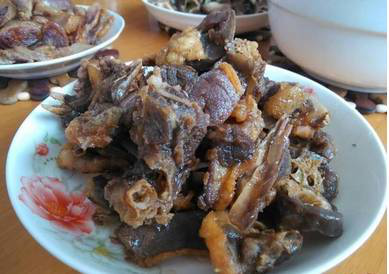
As for Anyuan, a paradise of delicacies, diners would refer to Sanxian Rice Noodle, Beancurd Jelly, Soybean Ban, Sheet Jelly, Pearl Sheet Jelly, and many more. Among the string of snacks, there is a unique fine food, duck in oil, as is known to many gourmets, a chic and somewhat odd name.
This snack prevails in the northern region of Anyuan. In the middle of December every year, many Anyuan households are bound to make this dish to celebrate the new year. Without "oil immersed duck", then the new year cannot be counted, a tradition of generations in the northern Anyuan. Then how to make this delicious "duck in oil"? First of all, pick the red-face duck, Zhenghu duck or grey duck raised in the farming family, as most of the old natives keep some at home more or less, fed with their own millet. No matter how many, ducks will not be sold in the street, just for self-consumption, a habit of the locals of Anyuan. So to eat green and healthy will be reassuring. After killing ducks or geese, scald them in boiling water for three or five minutes, pluck up the fur, remove the internal organs, put the whole duck into the cauldron heated by firewood and cook it in as much water as possible. Fish out when it is cooked to a medium extent. Don't cast aside the boiled soup, which can be used to cook pearl rice noodle, very delicious. Evenly spread some salt on its whole body, not be too salty before not completely cooled.
The salted duck needs to be dried for another two or three days, before stacked up as a block. Put it into a basin, sprinkle liquor or spirits of high alcohol content to stir evenly, then cover it for half an hour, allowing liquor favour to seep. At last put it into the oil pot, and fry for five to ten minutes. Don't turn it over at first, until two or three minutes later. Flip it every ten seconds. When the meat turns golden and purple, scoop up the meat, let the oil boil for a while to be scooped up, as there is still water in the oil. In the past, to make the "oil immersed duck", natives used oil from wild catalpa of high mountains, which has a more unique fragrance and taste. Now they usually use peanut oil, for the cost wild catalpa oil is too high. After the oil and meat are completely cooled, put the meat into a sealed ceramic jar or glass bottle, and then pour the oil into the container, with the meat soaked in the oil, so simple! "Duck in oil" is ready. When eating, clip it out of the jar and put it on the plate using chopsticks. After soaked in oil, the meat is unusually shiny, emitting a unique and attractive fragrance.
On holidays, when you come to Anyuan, simple and hospitable natives will surely add a plate of "oil immersed duck" to the table out of the jar, specially in front of you. Don't take it for granted. Once tasting it with chopsticks, you will get your tongue tip and taste buds vibrant. After oil immersion, the "oil immersed duck" turns into purple, very chewy, and the meat with bones in particular, will be more chewy. As "Duck in oil" is the best dish for drinking, a few mouthfuls of home-made glutinous rice wine, complete with a piece of "oil soaked bizi", will bring an impressive taste.
Stuffed and Brewed Tofu
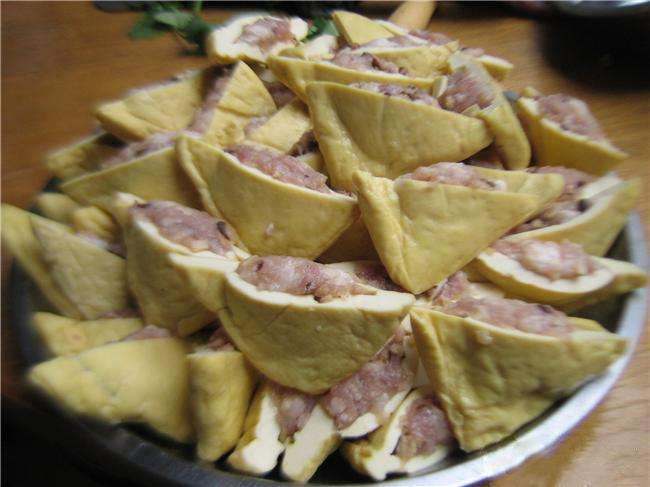
The production method is basically the same as that of brewed dried bean curd. That is, cut fresh tofu into small pieces with a length of 1.5 inch, a width of one inch and a thickness of half an inch. First, chop some pork, water chestnut, mushroom and scallion into filling, mixed with some fine salt, eggs and starch. Then cut a slit in the middle of the small piece of tofu, and then feed the stuffing. Pour some oil into the pot, then put the stuffed tofu against the inner pot until they are golden yellow. Take it out of the pot, then put it into a sand pot, let it stew for about 10 minutes. At last, sprinkle a small amount of pepper on it, okay. The dish is a mix of meat and vegetable, tender, delicious and nutritious, perfect for all ages.